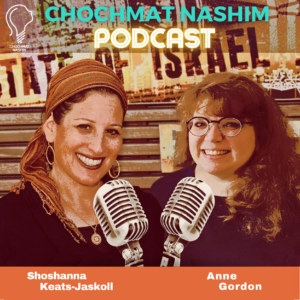
Dyed red ram skins, anointing oil, incense spices, precious stones, smoothed wood – the Mishkan is a full-on luxuriant testament to the tangible love of a people for God. It is also a dizzyingly meticulous list of nuts, bolts and measurements. Terumah details the physical space for containing this particular worship of God.
וְעָשׂוּ לִי מִקְדָּשׁ וְשָׁכַנְתִּי בְּתוֹכָם: כְּכֹל אֲשֶׁר אֲנִי מַרְאֶה אוֹתְךָ אֵת תַּבְנִית הַמִּשְׁכָּן וְאֵת תַּבְנִית כָּל-כֵּלָיו וְכֵן תַּעֲשׂוּ:
Make a sanctuary for me and I will dwell among them. Just as with all that I make you see, the form of the sanctuary and the form of all its vessels, you shall it make it so. – Exodus 25.8-9
* * *
Why, asks Vayikra Rabbah, does it say ‘ויקרא אל משה’, ‘God called to Moses’ at the beginning of Vayikra? Why does it need to say that God called to Moses and also that God spoke to him. What’s the difference? Does one need to be ‘called’ for the subsequent interaction to take place, is it personal to Moses or is there something else going on? The midrash sets us going with a heaping handful of options.



©2024 All rights reserved